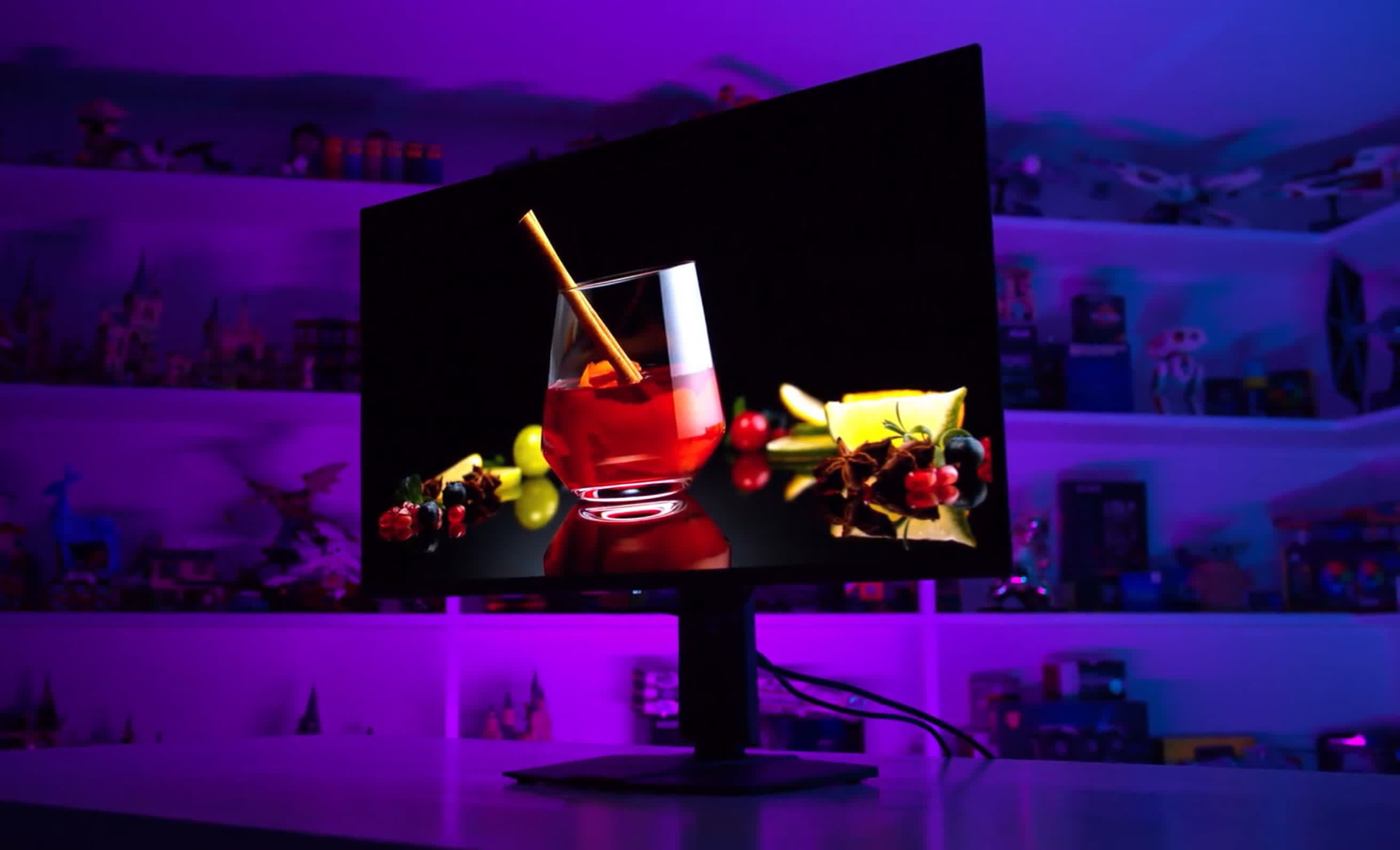The OLED Burn
We've been using the MSI MPG 321URX QD-OLED exclusively as a productivity monitor for the last six months,关键字3 and it's time to check in to see how the panel is holding up in terms of burn-in. Not much has changed in how we've been using this monitor – we've really been pushing it with a worst-case usage scenario for OLED – but there have been a few changes compared to the last time we checked for burn-in. If you missed the last two updates, we recommend going back and checking out at least the initial article to get an idea of the setup we're using and why we've chosen MSI's 4K 240Hz QD-OLED gaming monitor as our workstation display. Essentially, the idea here is to perform a real-world test of OLED longevity in the worst possible configuration, effectively burning in the display on purpose. We swapped a 32-inch 4K IPS LCD for this new QD-OLED and changed nothing else about the setup – no dark mode, no screensavers, or anything like that – to see if OLED monitors can truly be used as LCD-equivalent productivity displays long-term. I use my monitor more than 8 hours a day, sometimes continuously, with no breaks for the display to turn off and rest. This leads to hours upon hours of static usage in applications like web browsers, Microsoft Office (including Excel), and production tasks like Adobe Premiere and Photoshop. With virtually no content consumption and zero gaming in our daily use of this display, this is not how we recommend usingan OLED at all, though it's a use case that has been perfectly fine for LCDs for a long time. After one month of usage, the MSI 321URX showed no signs of burn-in at all, which was expected. At that point, we'd used the monitor for about 200 to 250 hours. After three months, we started to see faint signs of burn-in, and by that time, we'd used the display for approximately 650 to 750 hours with 71 panel compensation cycles. Six months into this experiment, we estimate the usage to be between 1,200 and 1,500 hours, and the monitor indicates that it has run 141 compensation cycles. This aligns with what we reported previously – about double the usage and about double the compensation cycles. We're still seeing around 9 to 10 hours of usage at 200 nits of brightness per compensation cycle. As we mentioned in the last update, the recommended rate for panel protection cycles is every four hours, so in our typical usage, it's running less than half as often as is ideal. However, this is a totally realistic scenario for someone using this display for full-time work, especially if you don't put the monitor to sleep during breaks. We've set the display to sleep after two hours, which is far longer than we would recommend for general OLED use, but it's the same setting we used for our LCD.

-
上一篇
-
下一篇
- 最近发表
- 随机阅读
-
- 《痛苦迁就不如痛快放手》(杨竣演唱)的文本歌词及LRC歌词
- 豆瓣高分书籍排行榜 2025评分最高的书有哪些
- 内蒙古伊泰大漠马业招聘高级马业发展主管兼马业客户经理
- 渤海油气开发新突破!这个大气田累产天然气超10亿立方米
- 感人亲情故事范文精选12篇
- 国产新作《Aniimo》预告 开放世界+精灵收集
- Chủ tịch Quốc hội: 'Giao quyền nhưng không phải tỉnh muốn làm gì thì làm'
- Accessibility Update – New Features in Modern Warfare III
- 既存在打败职业之间还均衡吗?
- 大乐透开2注1000万无追加 奖池余额15.34亿元
- 四合院:从小婴儿开始的人生赢家
- 13 มิ.ย.นี้ "ทักษิณ" ไม่ไปศาล ส่งทนายเป็นตัวแทน
- 《替补情人》(艺君演唱)的文本歌词及LRC歌词
- 2023年四川宜宾中考作文题目:材料作文
- 值得看的书籍推荐 2025好书推荐大全
- Chủ tịch Quốc hội: 'Giao quyền nhưng không phải tỉnh muốn làm gì thì làm'
- “中国好人”崔小妮:因病逝世后捐赠器官帮助6名病患
- 王者荣耀灵宝名侦探套装怎么获得 灵宝名侦探套装获取方法
- 福建南安发生疑似燃气管道破裂爆燃 致2死5伤
- 四合院:从小婴儿开始的人生赢家
- 搜索
-
- 友情链接
-